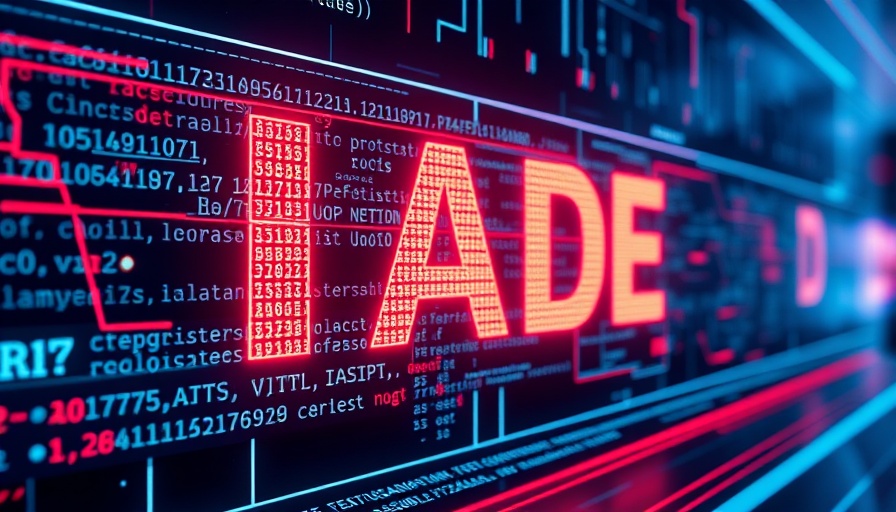
Introduction to Logic.py and Its Significance
In the rapidly evolving domain of artificial intelligence, the Logic.py framework is making substantial strides by bridging the gap between large language models (LLMs) and constraint solvers. As AI applications become more sophisticated, the demand for precise reasoning and logical deductions increases, which traditional LLMs often struggle to fulfill. By formalizing and solving search-based problems, Logic.py allows for improved performance in challenging logical reasoning tasks, such as those represented by logic grid puzzles, specifically satisfying enhanced benchmarks like ZebraLogicBench.
An Insight into Logic.py's Mechanism
The novel approach presented by Kesseli et al. utilizes a domain-specific language (DSL) that prompts LLMs to express problems in a format better suited for logical resolution. This method enables the LLM to convert natural language cues into a structured representation that a constraint solver can utilize effectively. Their groundbreaking results show significant performance enhancements, achieving over 90% accuracy in puzzle-solving. This substantial 65% improvement over traditional models highlights the impact of using specialized languages paired with advanced computational techniques.
The Role of ZebraLogicBench in AI Research
The performance of Logic.py is evaluated using the ZebraLogicBench framework, which consists of 1000 carefully designed logic grid puzzles. This benchmarking tool is crucial for assessing the capabilities of AI in logical reasoning tasks. Previous evaluations have shown that while some LLMs perform reasonably well on easier puzzles, they fall short as complexity increases. The meticulous construction of puzzles leads to a deeper understanding of how various models handle real-world reasoning challenges, underlining the critical intersection of AI logic and human-like problem solving.
Laying the Foundation: Historical Context of Logical Reasoning in AI
The limitations of LLMs—notably their challenges in performing complex logical reasoning—have been recognized in earlier studies. For instance, while early AI systems relied heavily on vast datasets to simulate reasoning, modern applications necessitate structured evaluation methods that ensure genuine logical capabilities over basic memorization. Historically, constraint satisfaction problems (CSPs) have been effective in isolating the reasoning processes of AI systems, allowing for targeted improvements. The introduction of benchmarks like ZebraLogic and frameworks such as Logic.py marks an important progression in merging statistical processing power with rigorous logical reasoning.
Future Trends: The Evolving Landscape of AI and Logic
As we look toward the future, the integration of LLMs with constraint solvers like those used in Logic.py could lead to significant advancements in AI capabilities. Expect future iterations to further enhance logical reasoning across various domains. Areas such as automated planning, theorem proving, and even complex data analysis may benefit from this unified approach, paving the way for enhanced AI systems that mirror human cognitive processes more closely.
Strategic Implications for Businesses Adopting AI Solutions
For executives and organizations focused on digital transformation, understanding and implementing AI frameworks that excel at logical deductions is vital. As AI tools evolve, businesses must choose solutions that prioritize enhanced reasoning and accuracy over mere data processing capabilities. The adoption of Logic.py and similar advancements promises a shift towards robust AI applications, where decisions are made based on verified logical reasoning rather than statistical inference.
With these recent innovations, companies are encouraged to explore how the integration of such solutions could optimize their operations and improve efficiency across decision-making processes. As AI continues to redefine industries, staying ahead of these trends could provide significant competitive advantages.
 Add Row
Add Row  Add
Add 


Write A Comment